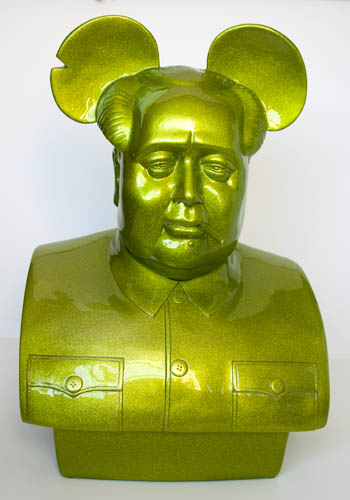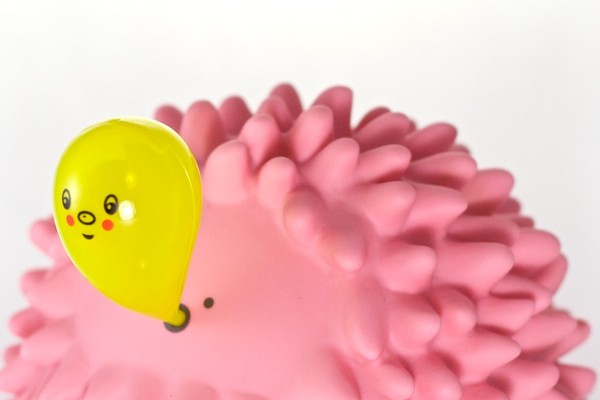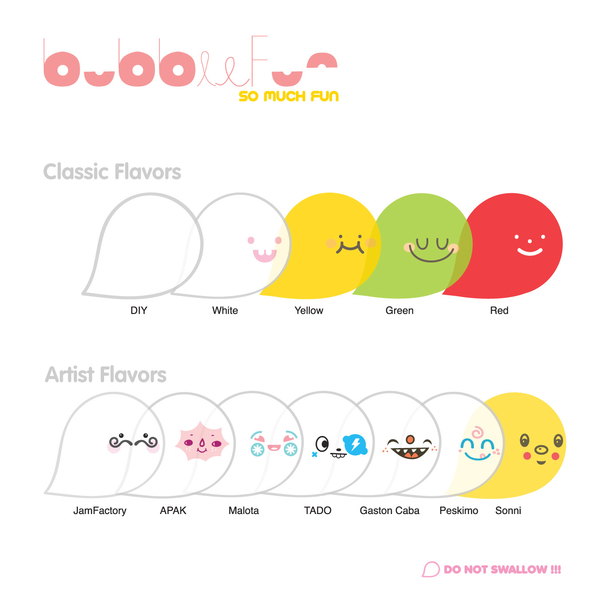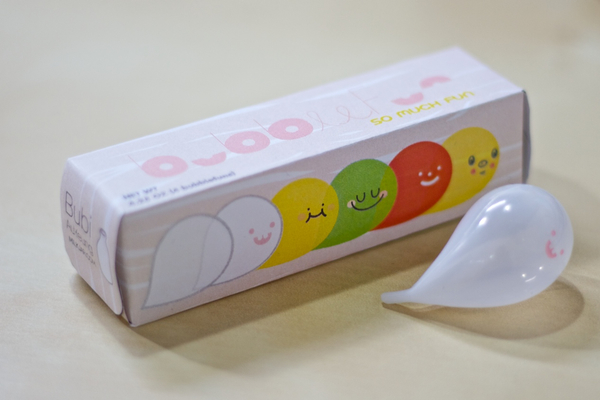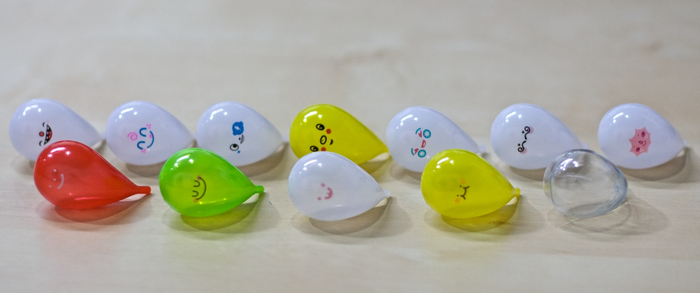Platform toys- the same basic toy form redesigned through different artistic collaborations- are at the heart of the designer art toy movement. This story begins in May 2001, when the Japanese toy company Medicom released the first platform toy- http://www.bearbrick.com/index.html (the website has an amazing design and is really fun to poke around, even if you don't have the Japanese language pack installed :) ). The first figure was apparently created for and given as a free gift to visitors at the World Character Convention 12 (says Wikipedia). Since that first introduction, there have been 18 series of BE@RBRICKs plus several other editions in different sizes and various materials. BE@RBRICK's form is simple and resembles the familiar teddy bear- a contemporary version of the classic. It has a simple construction, just nine elements (according to Wikipedia, in the toy industry you call these parts "tools") that are efficiently mass produced. The nine tools of the BE@RBRICK allow for eight points of articulation (also toy industry lingo). The traditional BE@RBRICK size is 7 cm tall (called 100% BE@RBRICK)- other BE@RBRICKs are named for their relative size in relation to this 7 cm standard (ex. 50% BE@RBRICKs are 4 cm tall and 400% BE@RBRICKs are 28 cm tall). Each series includes 18 figures in 10 different variations, which remain constant from series to series. The 10 variations are: Basic, Jellybean, Pattern, Flag, Horror, SF, Cute, Animal, and Artist (there are always 2 "Artist" variations, designed each by a different artist and according to their conceits). BE@RBRICKs are produced in limited editions and sold in a "blind box" format, where you don't know exactly what toy from the series you are going to end up with. This is the latest BE@RBRICK series 18.
![]()
The Munny, A DIY toy by Kidrobot, is a relative of the Dunny. You buy the blank canvas and turn it into your original "masterpiece," as Kidrobot puts it.
Kidrobot hosts a MUNNYWORLD Custom Contest where they ask artists to show them how they have customized Munny. Here are some of the 2009 winners
Recently, Kidrobot has announced that Munny is making friends. Like this one, named Rooz.
And this one too . . .
I personally appreciate the austerity of the "blank" versions as much as the customized ones.
I noticed an interesting "Ask Dunny" section on the Kidrobot KRonickle , that says:
"Got an unanswerable question about toys? Art? Relationships? Ask, and Dunny will answer! Send an email to askdunny@kidrobot.com, and Dunny will share insights and wisdom right here on the KRonikle."
I may take them up on that . . .
